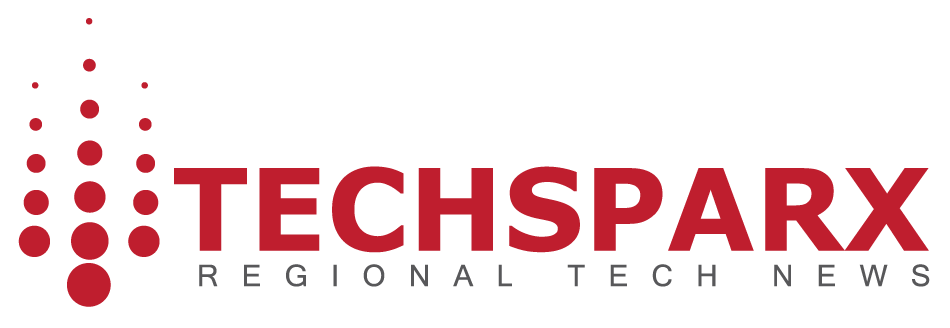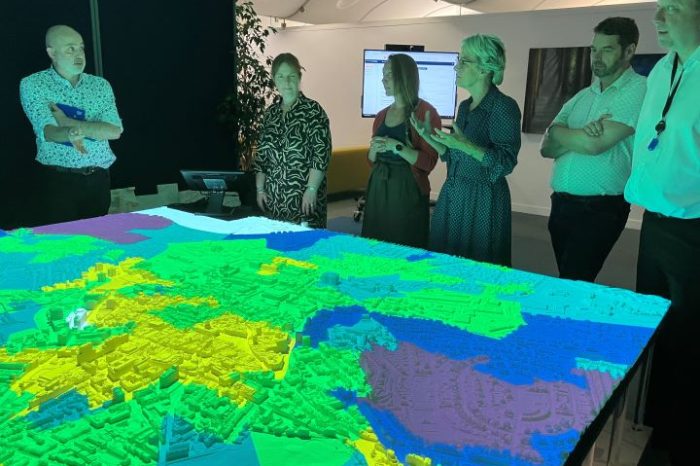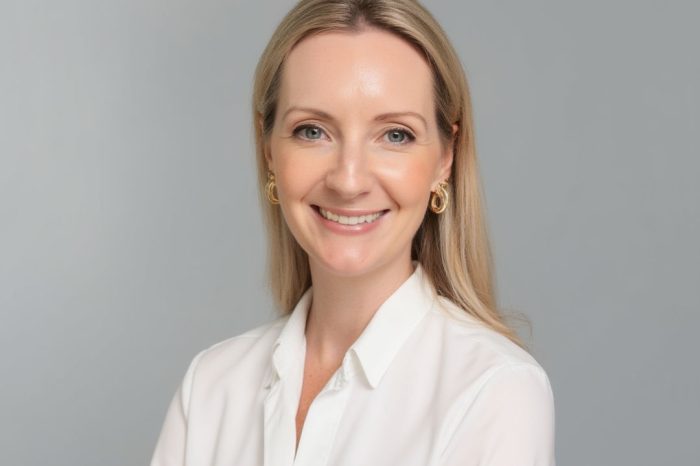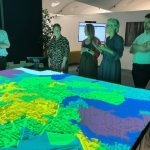Nottingham uses digital city modelling to address fuel poverty
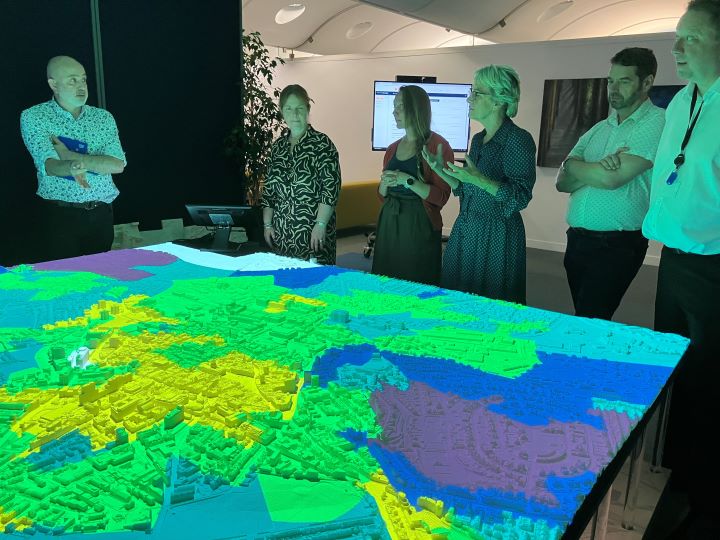
A collaboration between the University of Nottingham and the energy company E.ON is applying digital tools to explore new responses to fuel poverty in the city.
The partnership is based within the university’s City as Lab, a research-led initiative that brings together digital researchers, policymakers, businesses, and local communities. The focus of the work is a detailed 3D map of Nottingham, designed to identify those households most affected by fuel poverty and to support the development of practical and affordable energy solutions.
The 6.2-metre-square model, known as the Projection Augmented Relief Model (PARM), was created by Associate Professor of Geography Gary Priestnall and was awarded the 2024 British Cartographic Society’s Map of the Year. The model incorporates a wide range of data, including census records, geography, and historical urban layouts.
“When people see the model, the say ‘wow’ – but it’s what we can do with it that’s really exciting. With E.ON on board, we’re now exploring energy challenges in ways we simply couldn’t before. This is about co-creating solutions that make life better,” said Professor Paul Grainge, Academic Director of City as Lab.
E.ON is contributing its PropSol data to the digital model, allowing the project to simulate and test energy interventions for households most at risk. According to the company, this includes homes in under-served communities, those with limited energy access, and families struggling with the cost of heating.
“Fuel poverty isn’t just about statistics, it translates to cold homes, difficult choices, and communities left behind. With City as Lab, we can now test ideas, predict problems, and design smarter solutions before implementing them in the real world. The partnership allows us to feed our real-world data into this intelligent system, enhancing its capability to pinpoint regions and individuals most in need of support – promoting smarter, more efficient, and sustainable energy solutions,” said Fiona Humphrey, Chief Digital Officer at E.ON UK.
The data includes Energy Performance Certificate (EPC) ratings and income information to map areas of concern. It also identifies buildings suitable for solar installations and community energy sharing.
Currently, 40 per cent of children in Nottingham live in poverty, and the city ranks lowest in the UK for gross disposable household income. The project is already examining options such as smart energy-sharing models, efficient upgrade strategies using E.ON’s PropSol tool, and solar energy systems via Kuppa.
This approach is intended to create a transferable model that can be adopted in other urban areas across the UK.
Image source: University of Nottingham
